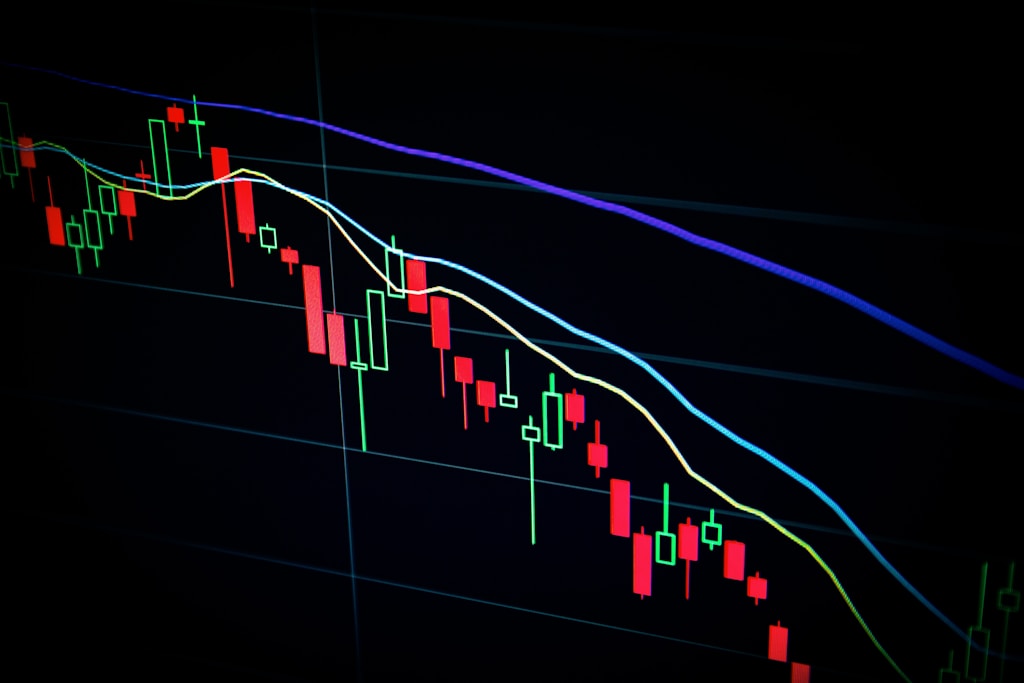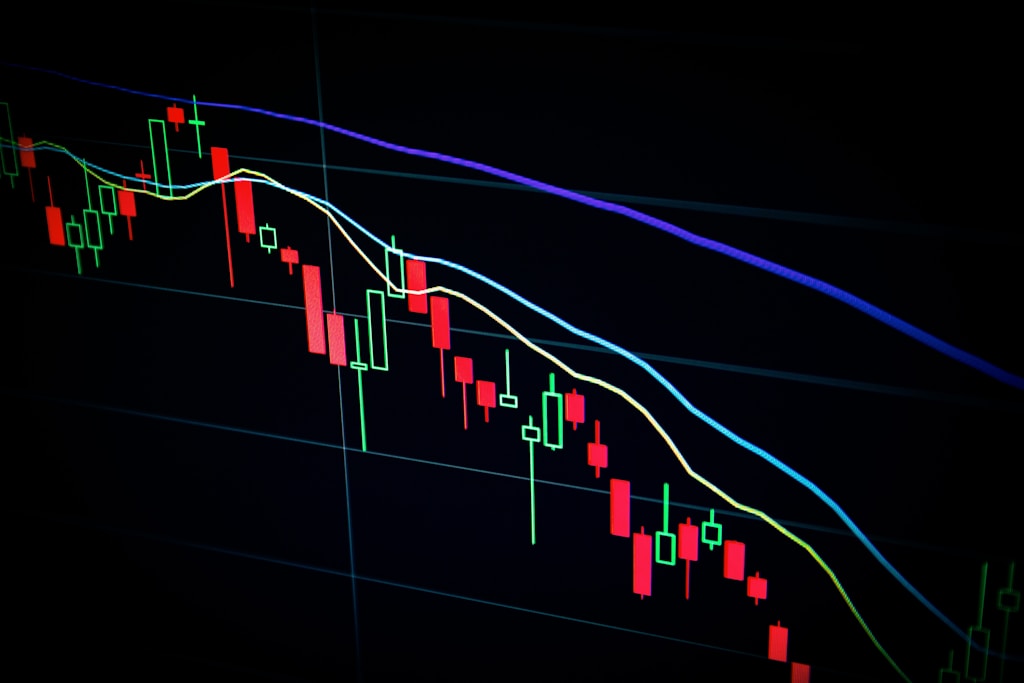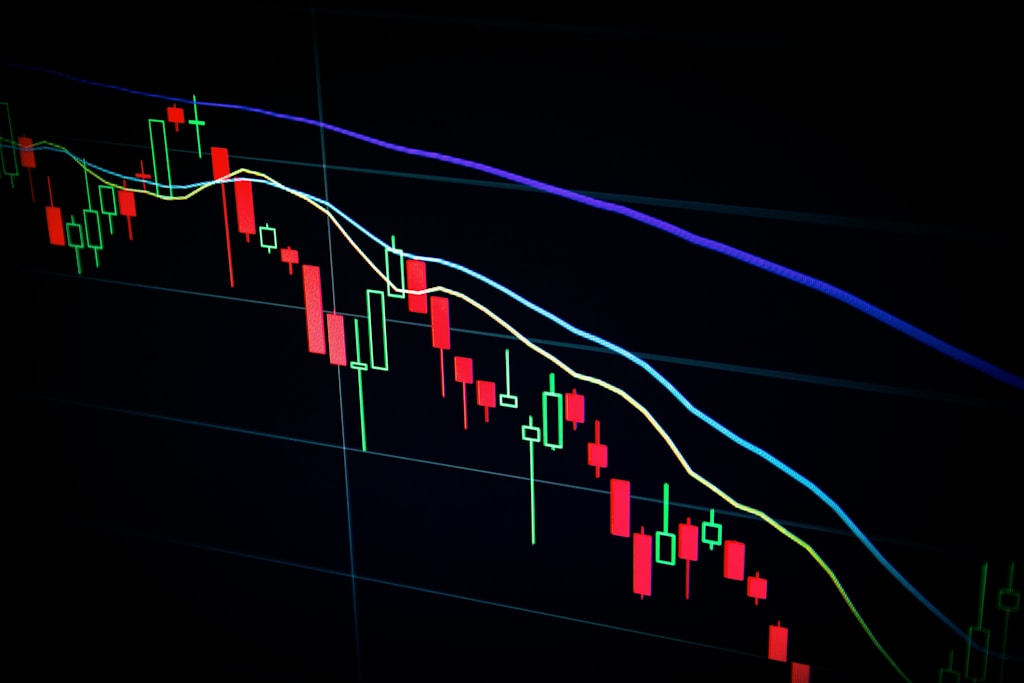Leading cryptocurrency exchange Bitget has made a strategic move into the real-world assets (RWA) sector with the launch of BGUSD, a yield-bearing stable asset certificate that promises to revolutionize passive income opportunities for crypto investors. This development comes amid growing interest in RWA tokenization, as de-dollarization trends accelerate globally, pushing investors toward alternative yield-generating instruments.
Understanding BGUSD: A New Era of Yield Generation
BGUSD represents Bitget’s first major foray into the RWA space, offering users:
- Daily yield distributions
- High liquidity provisions
- Full platform integration across trading and wealth management services
- Stable value backed by real-world assets
Market Impact and Investment Opportunities
The launch of BGUSD comes at a crucial time when traditional finance meets cryptocurrency innovation. With institutional investors increasingly seeking regulated crypto yield products, BGUSD positions itself as a bridge between conventional finance and digital assets.
Key Features and Benefits
BGUSD offers several advantages for investors:
- Competitive yield rates in the current market
- Daily distribution schedule
- Enhanced liquidity compared to traditional RWA investments
- Seamless integration with existing Bitget services
Frequently Asked Questions
What is BGUSD?
BGUSD is a yield-bearing stable asset certificate issued by Bitget that provides daily returns backed by real-world assets.
How are yields generated?
Yields are generated through a combination of real-world asset performance and platform trading activities.
Is BGUSD regulated?
BGUSD operates under Bitget’s existing regulatory framework and compliance standards.
Looking Ahead: The Future of RWA Tokenization
The launch of BGUSD signals a growing trend in the cryptocurrency industry toward real-world asset tokenization. This development could potentially bridge the gap between traditional finance and digital assets, offering investors the best of both worlds.





